Best trail helmets – our expert picks for protection, ventilation and comfort
Trail helmets have to handle high efforts as well as potentially high impacts. Here's our pick of the ones that meet both demands
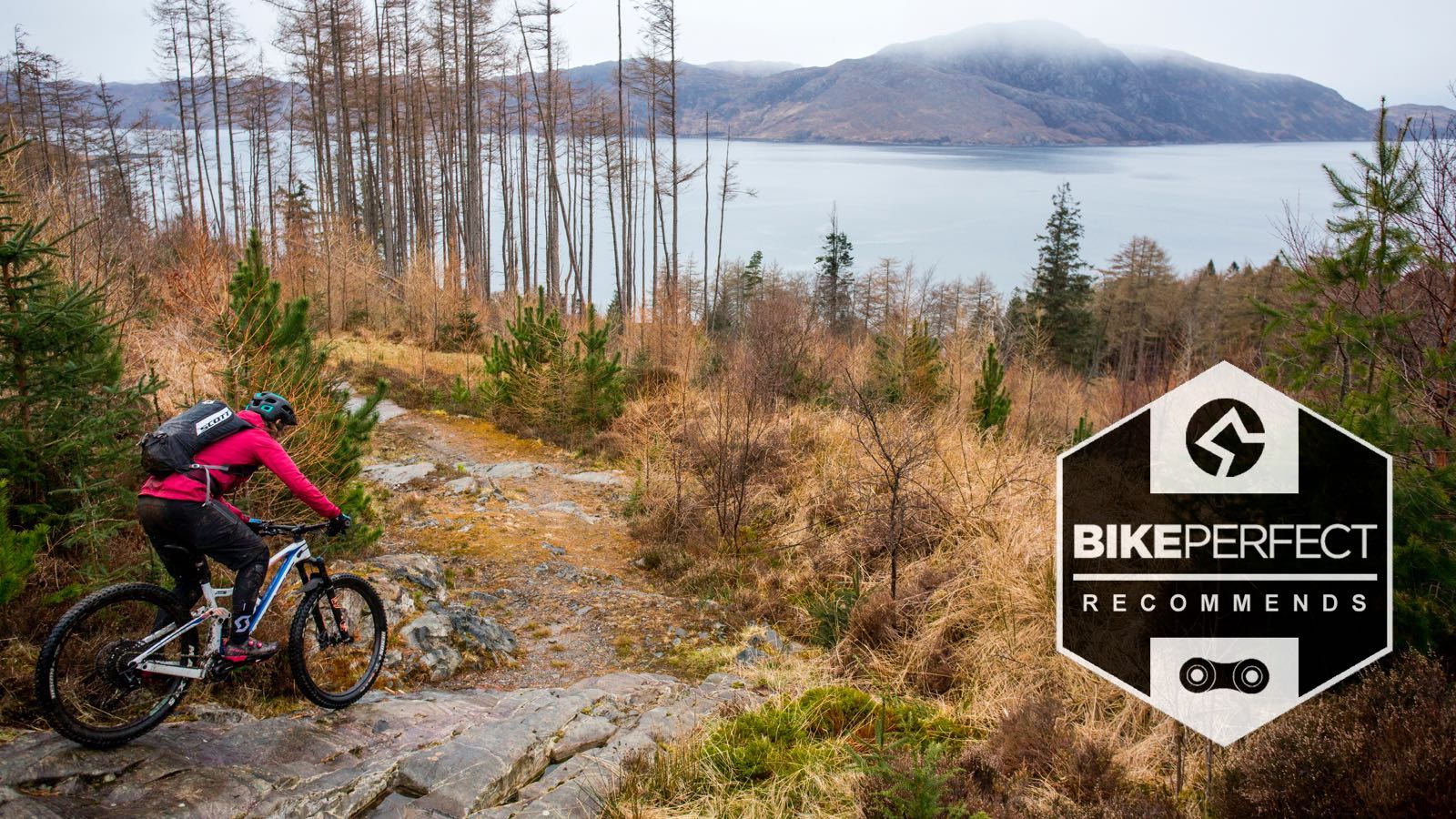
The best trail helmets have to weave a special kind of magic to balance the varied demands of trail riding. For climbing they need almost the ventilation and light weight of a great XC lid. But for the harder core descents, drops and jumps than an XC rider would face, they need fuller coverage around the head, and the value of technologies that reduce the rotational force of impacts becomes greater.
'Trail riding' spans everything from ballsy XC to almost-enduro, and the range of helmets that fall into the trail category reflect this. The lightest in this round-up is barely 100g heavier than the best XC helmets, the rowdiest is more like many of the best enduro lids, with an optional chin bar. What they all have in common though is deeper protection around the sides and rear of the head, and they all come with rotational impact protection, ranging from the basic to the ground-breaking.
Aside from protection, the best trail helmet is the one that's right for you. That covers fit and comfort, but also its features, like effective storage for goggles or glasses, its looks, and the way it matches your riding priorities.
Scroll on to see our trail helmet picks, and our buying advice at the end.
Best trail helmets
Why trust BikePerfect
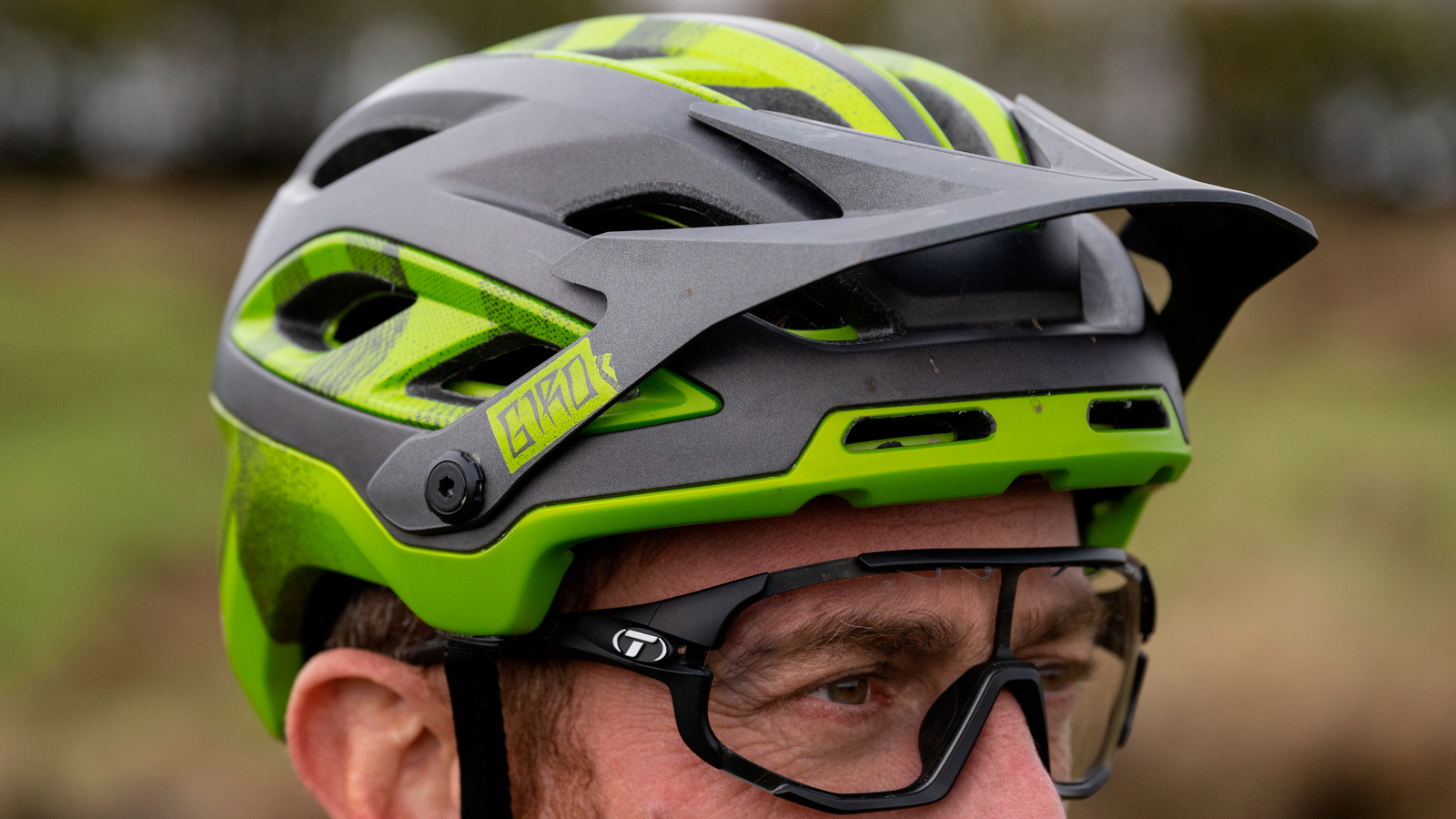
Specifications
Reasons to buy
Reasons to avoid
Giro says the Merit is for trail riders who push hard on both the climbs and the descents. That sounds like hype but it's as good as Giro claims, and the overall comfort and protective tech are seriously impressive, too.
It's a slightly more protective alternative to Giro's more expensive Manifest XC/trail lid (below), with similar head coverage and weight. It's not quite as stunningly well vented, but it's still all-day comfortable, and the MIPS slip-plane protection in the Merit works at more angles, which puts it reassuring at the trail/enduro or crash-happy end of the MTB spectrum.
The Merit is an easy helmet to live with. It's not overly bulky, it tips the scales at 361g for a medium, and it works happily with sunglasses and goggles. In terms of fit, the RocLoc Trail Air cradle is far easier than most for tuning pitch, and security and comfort are excellent. The slightly thinner Ionic+ padding makes it feel more secure and ‘gripped’ than the XT2 padded Manifest.
The Merit isn't the best choice of helmet if you’re into video or night riding, as fitting a strap-on camera or light mount compromises the Spherical MIPS functionality. And like many trail helmets, the peak gives limited shade. But otherwise it's an easy trail lid to recommend.
See our full review of the Giro Merit Spherical.

Specifications
Reasons to buy
Reasons to avoid
The Scott Stego Plus helmet slides in between the Nero Plus full-face and the XC race Centric Plus in the brand's range. It’s really well thought out from fit to accessory compatibility and represents Scott's entrant to the best trail and enduro helmets space.
First impressions of the Stego are excellent, with a complete two-piece hardshell wrap for protection and a shell shape that immediately sat well on every head in our test team. The HALO 360 cradle tightens very accurately via the big rubber dial on the back, and it’s adjustable through four height levels. The two-piece anti-microbial padding web is low profile for a snug fit. The result is a helmet that feels super secure before you even clip up the tough color-matched webbing straps and slide the Y adjusters into the sweet spot for your jaw shape.
Like most current trail helmets, the Stego Plus's peak is too high to offer useful weather protection but the spare peak it comes with has an integrated GoPro and lights mount which work really well, and has made the Scott our tester's go-to night patrol lid.
The Stego Plus radiates heat well at slower speeds, but front-to-back air-con airflow is limited at higher speeds. It's still a worthy recommendation and one of the better options in the segment.
Read our full review of the Scott Stego Plus here.
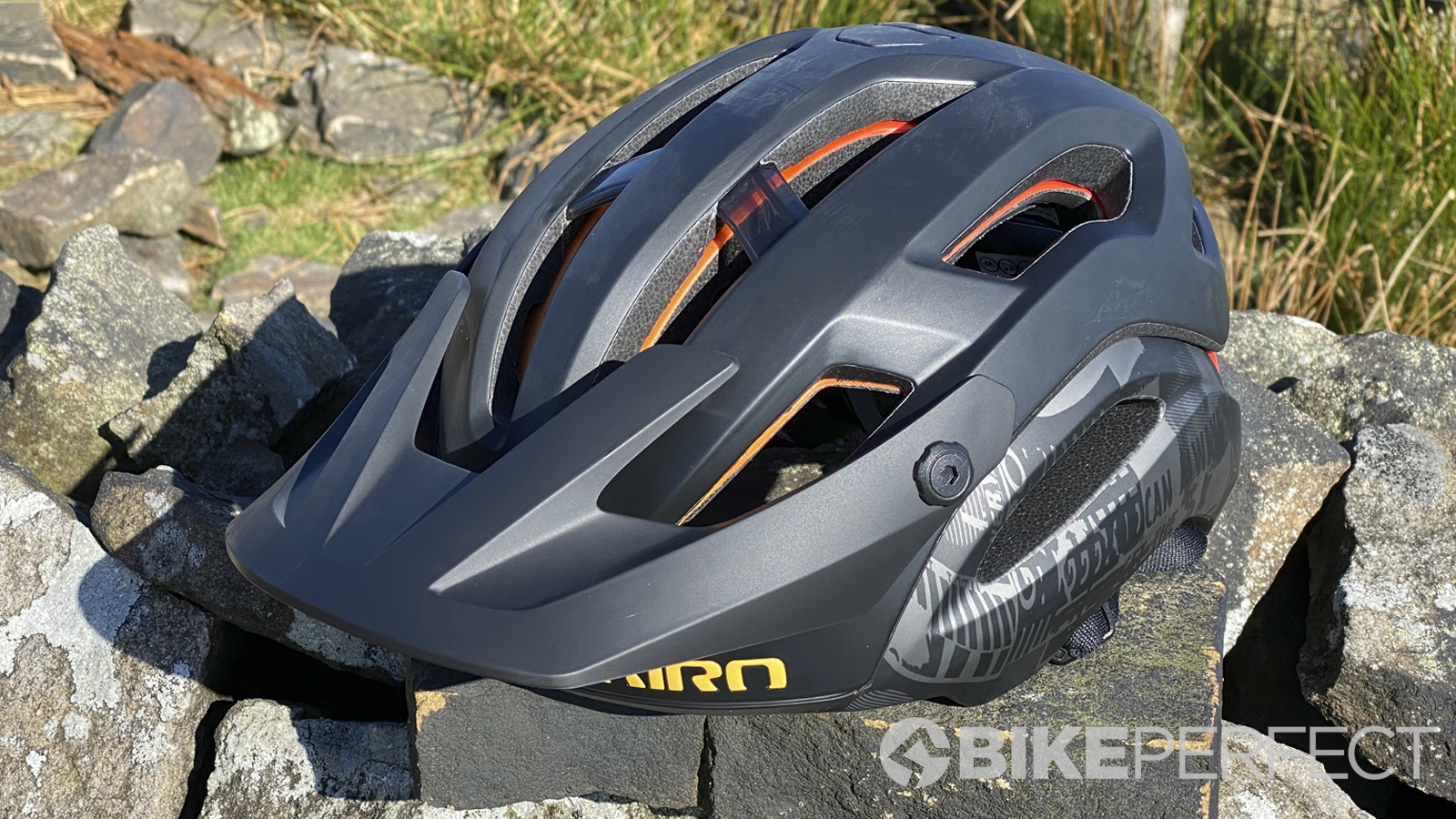
Specifications
Reasons to buy
Reasons to avoid
The Manifest is Giro's top of the range trail lid, and remains tech editor Guy Kesteven's go-to all-rounder. When it was released in 2020 it was a ground-breaking showcase for MIPS's double-decker Spherical rotational protection, as well as road race levels of venting and a host of small neat details.
Spherical super-sizes the concept of an inner layer of the helmet being able to rotate slightly separately from the main outer layer, to reduce the shearing effect of an impact on the brain. Regular MIPS allows the lattice holding the helmet's padding to shift by a few millimetres on impact. MIPS Spherical enables a firmer outer shell to rotate around a slightly less dense inner shell, which allows various benefits including two levels of impact protection, and the potential for massive venting, since the padding can become independent.
The Manifest took inspiration from the venting of its Aether road helmet and the protection of the bulkier Tyrant, and blended it into a Goldilocks package. The fit is super-secure even with the straps undone and while the buckle is bulky its ‘self-seeking’ closure mechanism is awesome. The bolted visor moves through a really wide range of angles but stays secure on rough descents and the rubber goggle strap and glasses arms grabbers work brilliantly to secure your optics.
See why the Giro Manifest Spherical scored 4.5 stars in our full review.

Specifications
Reasons to buy
Reasons to avoid
The Bell Super Air Spherical is a top-class open-face option that combines high levels of rotational protection and head coverage with great fit and comfort, decent ventilation and reasonable weight. The optional chin bar is handy, but not certified for downhill use.
The tech is hard to fault. Bell combines its own Flex Spherical protection technology with the more widely used protective benefits of MIPS to allow a degree of multi-directional movement between the helmet's inner and outer layers, like a ball and socket. A removable, clip-in camera mount is a nice included bonus.
Our tester loved the comfort and ease of use. The deep fit was reassuring and yet well vented, particularly thanks to deep exhaust vents, and the lid never felt heavy. The fit was easy to adjust, the vizor is simple to move, and it plays nicely with goggles.
Criticisms are few. Some of the custom paint options might not be to everyone's taste. And while the optional chin bar essentially turns the Super Air Spherical into the impressively lightweight convertible full-face Super Air R model, it's not downhill certified – which could be a problem if you want to race in it.
Read more about the Bell Super Air Spherical in our full review.
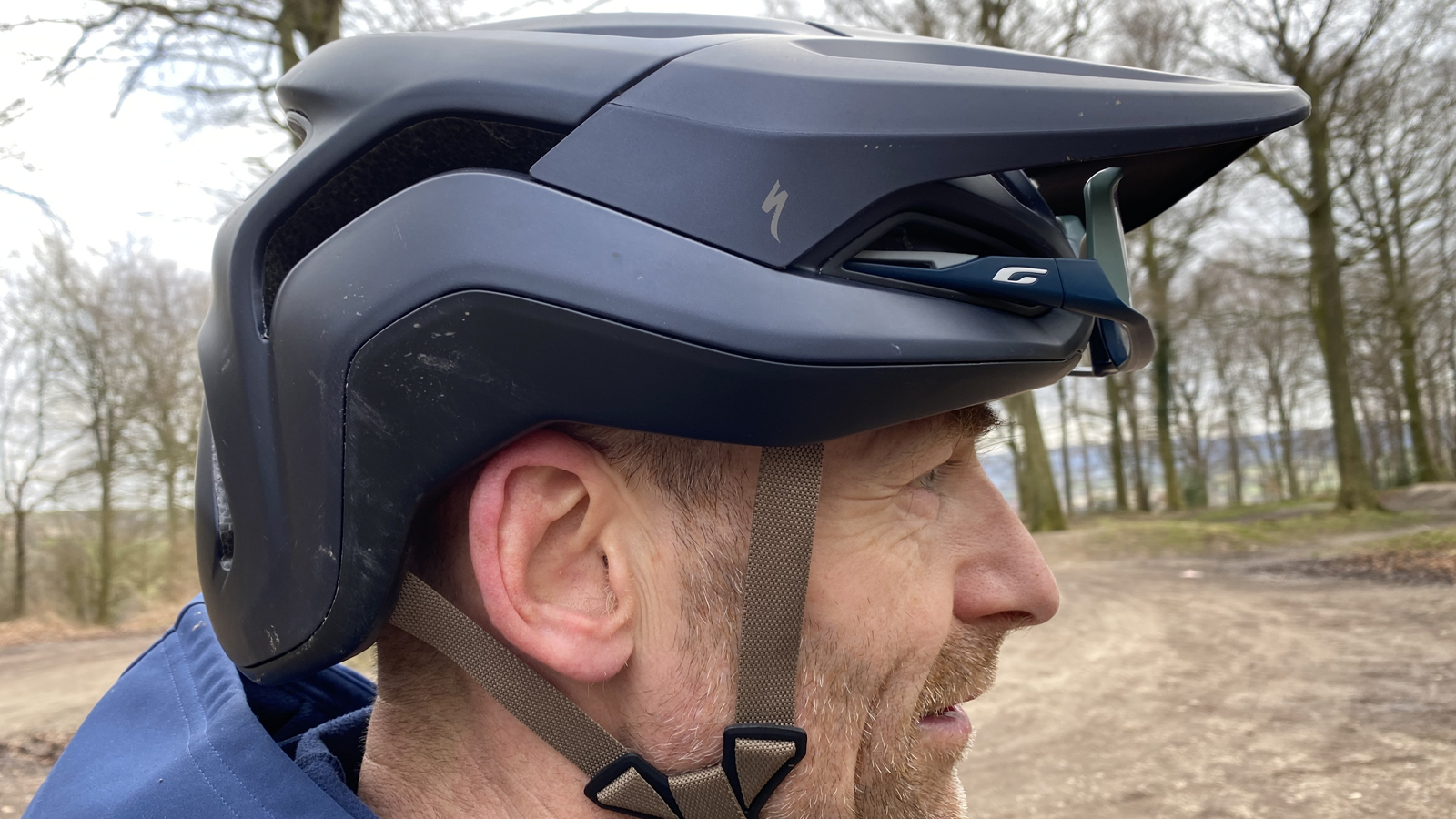
Specifications
Reasons to buy
Reasons to avoid
The Ambush 2 sits in the premium enduro/hardcore trail category and definitely deserves a place up in the deep-dish helmet rankings. It’s relatively light and has great airflow at higher speeds. Fit is secure, widely adjustable and it hits the highest safety standards for an open face helmet.
Dual-density EPS foam manages different impact profiles and together with the ultra-stripped rear (the pads are essentially elastic banded individually into the helmet on Velcro dots rather than fitted to a sliding sheet). The MIPS SL energy dissipation system means the Ambush 2 gets a maximum safety rating from the Virginia Tech independent testing lab.
The glasses stash feature is a great addition. Not only does it splay the arms out so they don’t dig into your temples, but they hold firm with no rattle and the tunnels are big enough to handle fat 3D arms on older Oakley models.
The Ambush 2 isn't ideal for long hot climbs – it's not so breezy at slow speeds. And while the fixed, high visor has safety and security advantages it’s more decorative than weather proofing in terms of performance.
Read our full review of the Specialized Ambush 2.

Specifications
Reasons to buy
Reasons to avoid
If you'd like classy, distinctive looks and attention to detail, while ticking the basic boxes of modern protection, the A3 should be on your list. It's not cheap at full price though.
Troy Lee Designs makes three open face helmets as well as its famous full-facers; the A3 gets an extended rear section for greater protection and several little updates – such the 3D Fidlock magnetic buckle, a fully adjustable Magnajust visor and a silicone brow pad that’s designed to stop sweat running into your eyes.
Like all premium lids, the A3 has anti-rotation protection (in this case, basic MIPS) , and as is increasingly common, dual-density foam for handling both big hits and smaller or repetitive knocks. (In this case, expanded polypropylene, along with the normal expanded polystyrene foam with the polycarbonate shell.)
Details include a Fidlock SNAP magnetic closure on the chin strap, easily adjustable side buckles for fine-tuning, and an effective Sweat Glide EVA foam brow pad to help deflect any extra perspiration. It also has a mini-magnet to minimise vizor rattling.
Check out our full review of the Troy Lee Designs A3.
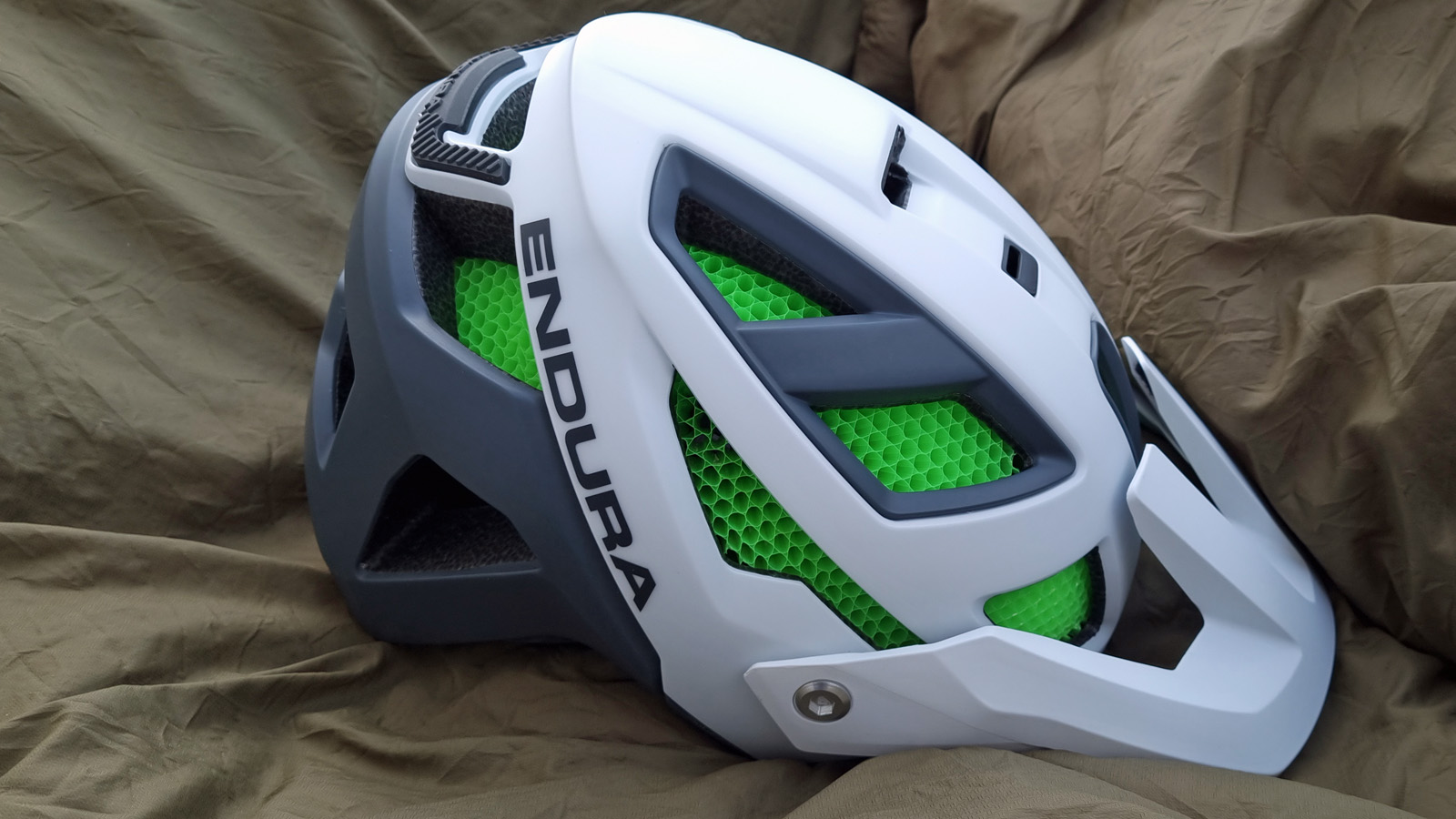
Specifications
Reasons to buy
Reasons to avoid
The new MT500 MIPS helmet has a sleek and modern aesthetic, with its matte finish, smooth lines and tasteful branding. Compared to its previous guise, the newer model receives increased coverage at the front and back and sides, and generous fittings that site more flush to the face. The big news from the Scottish brand is the combination of a classic MIPS rotational liner with a more radical Koroyd honeycomb crumple zone.
Koroyd is an inch-thick honeycomb of lightweight tubes that sits under a thinner than normal outer expanded polystyrene layer and the usual external shell. Being 95% air, Koroyd is designed to stay cool, while crumpling more effectively than foam
As well as the cutting-edge impact protection tech, the MT500 comes with a GoPro mount, soft, comfortable padding, good glasses storage and a fit which cradles the head nicely. Our tester rated the ventilation, the looks and the comfort, though reckoned you'd want to check the position of the buckle as for some riders it could be awkwardly placed on the throat.
See our full review of the Endura MT500 MIPS.
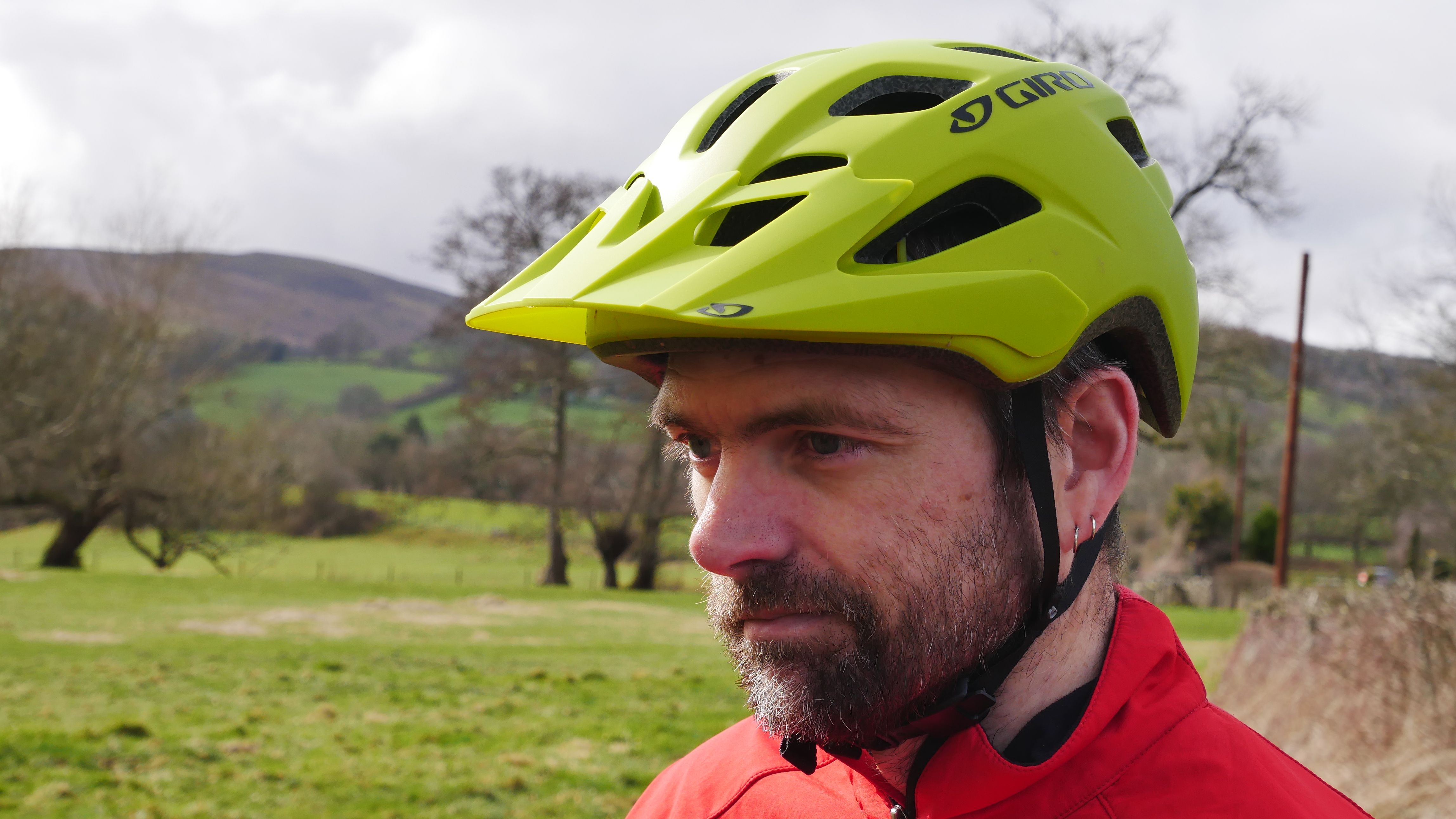
Specifications
Reasons to buy
Reasons to avoid
The Giro Fixture MIPS brings excellent safety features to a very attractive price point – and it's an attractive lid that comes in a lot of stylish colors, too.
It offers deep coverage for the back of your head, a breakaway visor and – of course – that MIPS liner. This allows the outer shell to twist independently of your head under glancing blows, and reduces the energies transmitted to your brain.
In testing, we found the venting does a good job of keeping your head cool, while the Roc Loc fit system makes adjusting comfort and getting a secure fit super-easy. All in all, this is a feature-packed helmet that comes at a great price.
For more info, check out our full Giro Fixture MIPS review.
Meet the testers
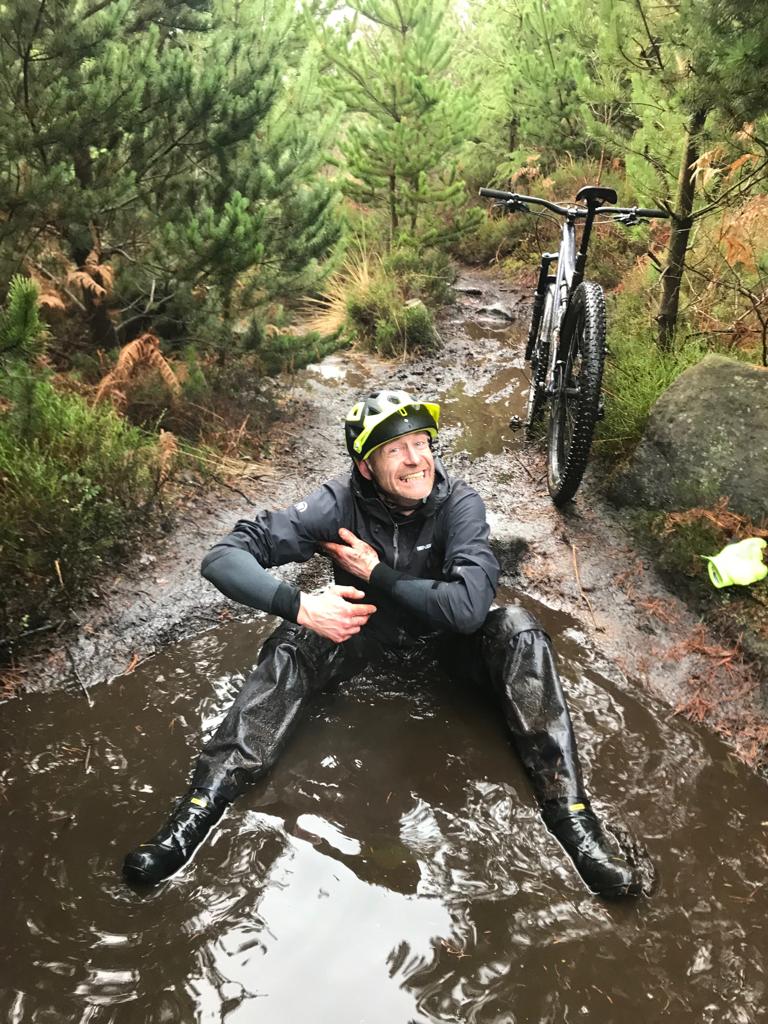
Guy's been testing and writing about mountain bikes since the early nineties and we're betting than he's tested more MTB helmets than anyone else in the UK.

Rich has been riding mountain bikes since the early nineties and testing bikes and kit for over a decade. He's tested many helmets over the years, so knows a what boxes a good lid needs to tick.

Steve is a highly experienced journalist and rider who's been involved with bikes of all kinds for more years than he would care to remember. He's keen on keeping his brains in head, so an effective helmet is a must for him.
How to choose the best trail helmets
How much should I spend on a trail helmet?
The good news is that you don't need to break the bank to get all the protection from a trail helmet that most people need. Spending more tends to get you lighter weight, better ventilation, neat features and cooler looks, but budget helmets from the big brands often get similar Virginia Tech safety ratings to their premium siblings.
Broadly, the simpler helmets tend to be around £70-£100 / $85-$120; midrange around £120-170 / $145-$200, and flagship lids top £200 / $250, with sophisticated full-face models above that. Rotational protection tends to come in above three figures but there are bargain outliers, as the Giro Fixture MIPS above cheerfully demonstrates.
What kind of helmet do I need for trail riding?
A good trail helmet should have extended coverage around the back and the sides of the head, to cope with awkward falls on drops, rocks and obstacles. But it also needs to be well vented, since trail riding is about the ups almost as much as the downs. Make sure the helmet you choose is specifically designed for trail riding, not just general cycling. And vitally, make sure it fits well. If you're riding at the tougher end of trail, or wipeouts are just part of your DNA, consider a trail lid with a detachable chin bar, or a more protective enduro helmet or full-face helmet.
Does my trail helmet need rotational protection?
In a crash, one of the things that damages the brain is straightforward impact; another is violent twisting of the brain within the skull, because of the raggedy ways that riders typically land. Rotational protection are features that try to let the helmet absorb some of that violent twisting, so that your head doesn't have to. MIPS is one of the most common technologies - a thin plastic lattice that the helmets cushioning pads sits on, which can twist a few millimeters within the helmet. MIPS Spherical allows more substantial movements between bigger layers of the helmet. Some brands - such as POC - have their own technologies. And other technologies, such as the honeycomb Koroyd, combine crumple protection with a degree of twist protection.
What features should I look for in a mountain bike trail helmet?
As well as extended head coverage and rotational protection, useful features on a trail helmet include vents that securely store glasses, maybe with rubberised widgets for grip; a vizor that moves up high enough for goggles to go underneath (and a decent groove at the back for the strap); and easy attachment for a light or action camera. Other luxury features include magnetic buckles.

Sean has old school cycle touring in his blood, with a coast to coast USA ride and a number of month-long European tours in his very relaxed palmares. Also an enthusiastic midpack club cyclocross and XC racer, he loves his role as a junior cycle coach on the Kent/Sussex borders, and likes to squeeze in a one-day unsupported 100-miler on the South Downs Way at least once a year. Triathlon and adventure racing fit into his meandering cycling past, as does clattering around the Peak District on a rigid Stumpjumper back in the day.
Height: 173cm
Weight: 65kg
Rides: Specialized Chisel Comp; Canyon Inflite CF SLX; Canyon Aeroad; Roberts custom road bike
